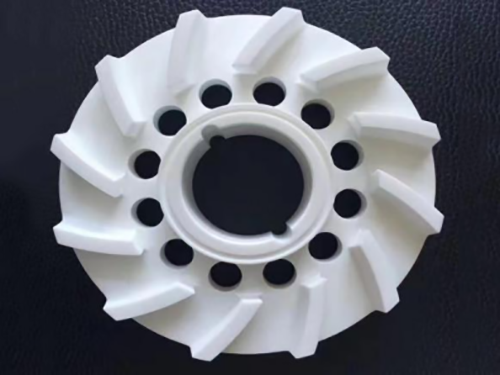
At present, zirconia ceramics and microporous ceramics are two widely used ceramic products in the ceramic market. Due to the different application needs of the two, there are naturally significant differences between zirconia ceramics and microporous ceramics. Do you know the difference between zirconia ceramics and microporous ceramics? Below we will introduce to you:
The difference between zirconia ceramics and microporous ceramics:
1. Different structures
Zirconia ceramic is a material with high resistance to crack propagation and high coefficient of thermal expansion, which is often used to make metallized ceramics. Microporous ceramics refer to ceramic bodies that contain a large number of open or closed micro pores inside or on the surface of ceramics, with pore sizes generally on the micrometer or submicron scale
2. Different performance
Zirconia ceramic: Zirconia has a high density, high hardness, and a water absorption rate of 0. It is a highly dense ceramic material that possesses both low thermal conductivity and high strength. However, microporous ceramics are a type of functional structural ceramics with adsorption, breathability, corrosion resistance, environmental compatibility, and biocompatibility
3. Different applications
Zirconia ceramic can be used as a mold for wire forming, as an auxiliary material in the welding process, and is often the best choice for insulation rings in high-temperature environments. Common applications include laser accessories, mechanical components, fiber optic ceramic rings and sleeves, semiconductor top teeth, and so on. However, microporous ceramics are widely used in various liquid filtration, gas filtration, fixed biological enzyme carriers, and biological adaptive carriers, especially in environmental engineering, such as the treatment of industrial and domestic water, and sewage purification
In summary, it is the difference between zirconia ceramics and microporous ceramics. Zirconia ceramics, as a special type of industrial ceramics, have excellent toughness and overcome the inherent brittleness of ceramics. They have many excellent properties, greatly extending the service life of products, and can be applied in various fields. Therefore, compared to microporous ceramics, zirconia ceramics are more widely used

Dongguan Zhongli Nano Ceramics Technology Co., Ltd. © Copyright 2023
【Backstage】